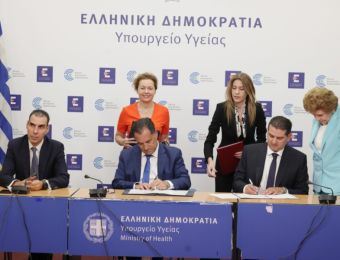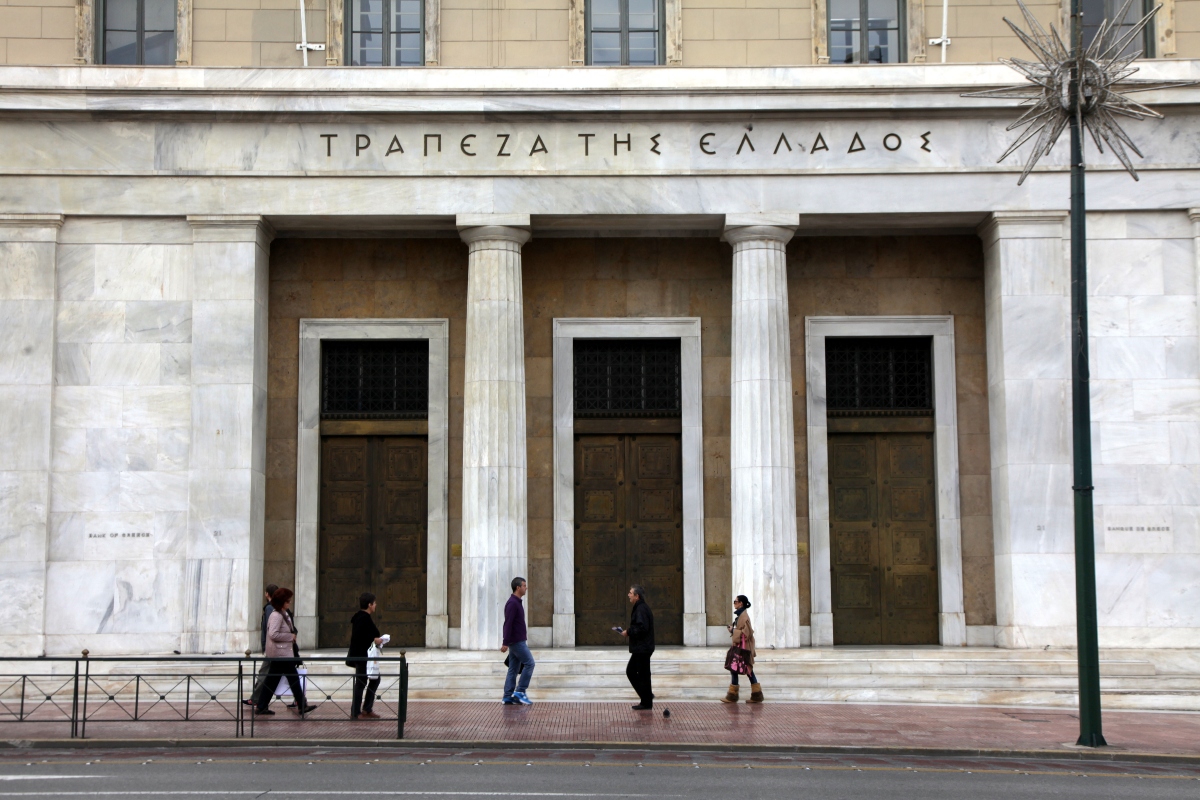From Rome with Love: Reuniting the Vatican fragments of the Parthenon

Πηγή Φωτογραφίας: The National Herald
Pope Francis has announced that he is gifting to Greece three fragments from the Parthenon Sculptures that have been held in the Vatican’s Museo Gregoriano Profano for over 200 years. A possible seismic shift in the campaign for the eventual reunification of the Elgin Collection in the British Museum may just have occurred.The announcement issued by the Vatican and welcomed by the Greek Ministry of Culture stated that following a request by the Ecumenical Patriarch Bartholomew of the Greek Orthodox Church Pope Francis has decided to return the fragments from the Parthenon Sculptures through the ecclesiastical authority of Greece represented by the Archbishop Ieronymos II, Archbishop of Athens and All Greece.
The three fragments are originally from three different sections of the Parthenon – the west pediment, the north frieze and a south metope – and were likely to have been detached when the Venetian general Morosini ordered the bombardment of the Ottoman-occupied Acropolis fortifications in 1687.Their return is highly significant.

The marble head of a young man, a tiny fragment from the 2,500-year-old sculptured decoration of the Parthenon Temple on the ancient Acropolis, is displayed during a presentation to the press at the new Acropolis Museum in Athens on Wednesday, Nov. 5, 2008. The Vatican announced, Wednesday, Nov. 5, 2008 that Pope Francis has decided to send back to Greece this and other two fragments of Parthenon Sculptures that the Vatican Museums have held for two centuries. (AP Photo/Thanassis Stavrakis)
According to Professor Nikolaos Stampolidis, the General Director of the Acropolis Museum, the announcement was the culmination of verbal and written agreements reached between the Greek Ministry of Culture and the Acropolis Museum with the Holy See and the Vatican Museum and is especially important coming so soon after the reunification of the Fagan fragment in the eastern frieze of the Parthenon.
The head of the bearded man belongs to the standing figure carved on the right of South Metope XVI which is part of the sculptural ornament of the building depicting the battle between the Lapiths and Centaurs, mythological creatures with the upper body of a human and the lower body and legs of a horse. A battle between order and chaos.
This legendary Centauromachy was the main feature of the metopes that graced the southern side of the temple and depicted half-human creatures who, while attending the wedding feast of King Peirithoos, a close friend of Theseus, became drunk and attempted to seize and carry off the Lapith women.
The disastrous Venetian military assault on the Parthenon in 1687 resulted in a number of metopes being broken into fragments and falling to the ground. In 1802 Lord Elgin’s men started the systematic dismantling of many of the surviving metopes as well as other sculptural elements from the Parthenon and also collected broken pieces along the way.
Whilst the Elgin collection represents the largest part of the looted sculptures, fragments were collected by opportunists and some eventually made their way to museums abroad. The fate of the surviving fragments from South Metope XVI bears graphic testimony to this.
Διαβάστε όλες τις τελευταίες Ειδήσεις από την Ελλάδα και τον Κόσμο





























Το σχόλιο σας